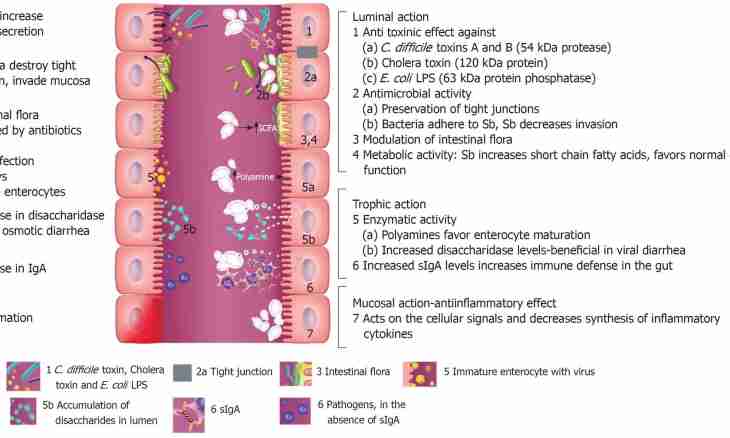Definition of intervals of increase and decrease of function is one of the main aspects of a research of behavior of function along with finding of points of extrema in which there is a change from decrease to increase and vice versa.
Instruction
1. Function y = F(x) is increasing on a certain interval if for any points of x1 F(x2) where x1 always> x2 for any points on an interval.
2. There are sufficient signs of increase and decrease of function which follow from result of calculation of a derivative. If the derivative of function is positive for any point of an interval, then function increases if it is negative – decreases.
3. To find intervals of increase and decrease of function, it is necessary to find the field of its definition, to calculate a derivative, to solve inequalities of a type of F'(x)> 0 and F’ (x)
Let's review an example. To find intervals of increase and decrease of function for y = (3·x \+ 2 · x - 4) / x².
Decision.1. Let's find a function range of definition. It is obvious that the expression standing in a denominator has to be always other than zero. Therefore the point 0 is excluded from a range of definition: function is defined at x ∈ (-∞; 0) ∪ (0; + ∞).
2. Let's calculate a function derivative: y’ (x) = ((3·x \+ 2 · x - 4)’ · x \-(3 · x \+ 2 · x - 4) · (x \)’)/x^4 = ((6·x + 2) · x \-(3 · x \+ 2 · x - 4) · 2 · x)/x^4 = (6·x \+ 2 · x \-6 · x \-4 · x \+ 8 · x)/x^4 = (8·x - 2·x \)/x^4 = 2 · (4 - x)/x³.
3. Let's solve inequalities of y’> 0 and y’ 0; (4 - x)/x³
4. The left part of inequality has one valid root x = 4 and addresses in infinity at x = 0. Therefore the value x = 4 joins also in a function increase interval, and in a decrease interval, and the point 0 does not join anywhere. So, required function increases on an interval x ∈ (-∞; 0) ∪ [2; + ∞) also decreases at x (0; 2].
4. Let's review an example. To find intervals of increase and decrease of function for y = (3·x \+ 2 · x - 4) / x².
5. Decision.1. Let's find a function range of definition. It is obvious that the expression standing in a denominator has to be always other than zero. Therefore the point 0 is excluded from a range of definition: function is defined at x ∈ (-∞; 0) ∪ (0; + ∞).
6. 2. Let's calculate a function derivative: y’ (x) = ((3·x \+ 2 · x - 4)’ · x \-(3 · x \+ 2 · x - 4) · (x \)’)/x^4 = ((6·x + 2) · x \-(3 · x \+ 2 · x - 4) · 2 · x)/x^4 = (6·x \+ 2 · x \-6 · x \-4 · x \+ 8 · x)/x^4 = (8·x - 2·x \)/x^4 = 2 · (4 - x)/x³.
7. 3. Let's solve inequalities of y’> 0 and y’ 0; (4 - x)/x³
4. The left part of inequality has one valid root x = 4 and addresses in infinity at x = 0. Therefore the value x = 4 joins also in a function increase interval, and in a decrease interval, and the point 0 does not join anywhere. So, required function increases on an interval x ∈ (-∞; 0) ∪ [2; + ∞) also decreases at x (0; 2].
8. 4. The left part of inequality has one valid root x = 4 and addresses in infinity at x = 0. Therefore the value x = 4 joins also in a function increase interval, and in a decrease interval, and the point 0 does not join anywhere. So, required function increases on an interval x ∈ (-∞; 0) ∪ [2; + ∞) also decreases at x (0; 2].
